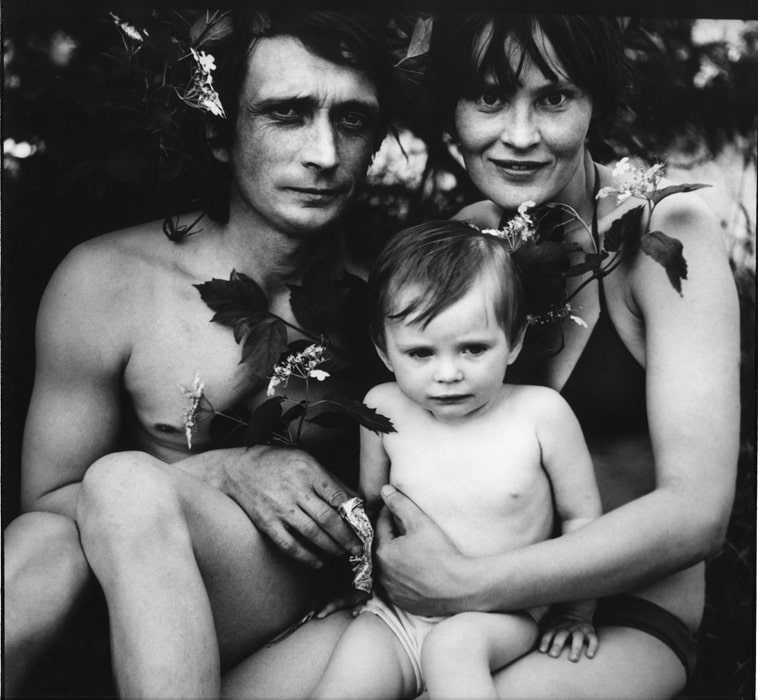
Interview with Monika Fabijanska: Women at war
Women at War gathers the works of twelve Ukrainian artists who employ a variety of media to address the Russian war against Ukraine, from its beginning in 2014 to the full-scale invasion in February 2022, through the lens of gendered experience. The exhibition explores the struggle for Ukrainian independence and women’s equality against the backdrop of the war and its impact on both the national and individual psyche while giving voice to women as narrators of history and agents of change. Curated by Monika Fabijanska, Women at War premiered at Fridman Gallery, New York, in the summer of 2022, and continues its North American tour through 2025.(1) I recently spoke with Fabijanska, known for her critically acclaimed exhibitions focusing on women and women’s art, about the challenges of organizing an exhibition about war alongside the show’s many themes of loss and resiliency, national identity, and feminism.

Ostalgia at the New Museum
Shunning distinct geographical, temporal, even thematic delineations, Ostalgia presents viewers with an idiosyncratic and intentionally fragmentary portrait, or rather series of portraits, of life under socialist domination. At its heart is the role of the artist – and art –within and in response to this political condition, a position of both resistance and preservation.

50% Grey: Contemporary Czech Photography Reconsidered
Despite the art historical links suggested, the exhibition 50% Grey: Contemporary Czech Photography Reconsiderd is not a portrait of national identity. Rather the exhibition places current Czech photography between past and present, as a means for engaging both artist and viewer in zones of productive flux.

New Video, New Europe
One learns in “New Video, New Europe” that the video artist in East Central Europe is both a provocateur and a scribe, a witness to history whose own interventions speak of moral responsibility and redefinitions of self.
Central and East European Art and Culture, 1945-Present
The following roundtable concluded a panel devoted to contemporary and art historical perspectives on central and East European art and culture from 1945 to the present at the 2001 College Art Association Conference.